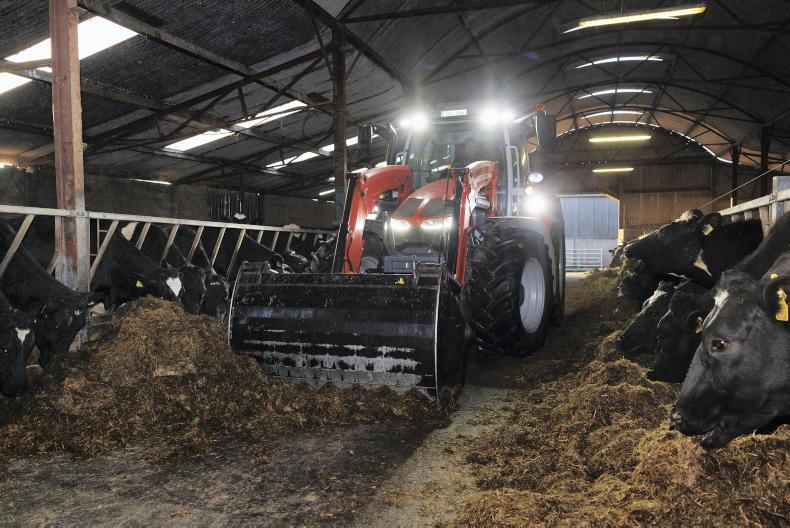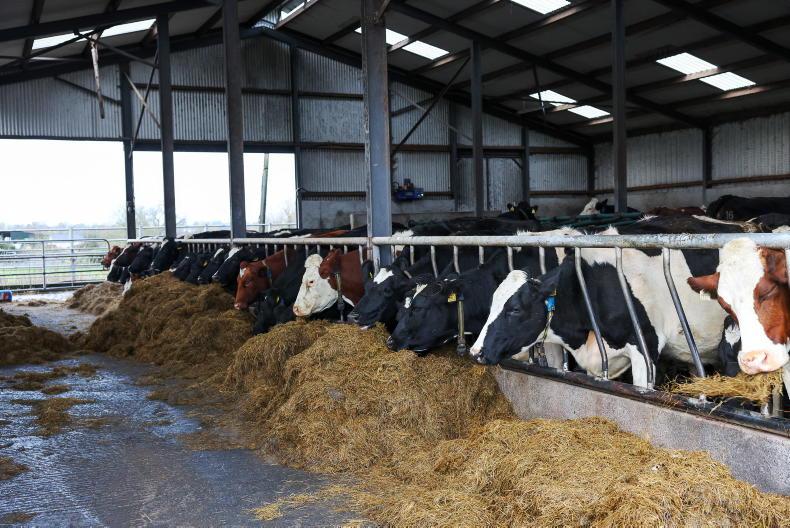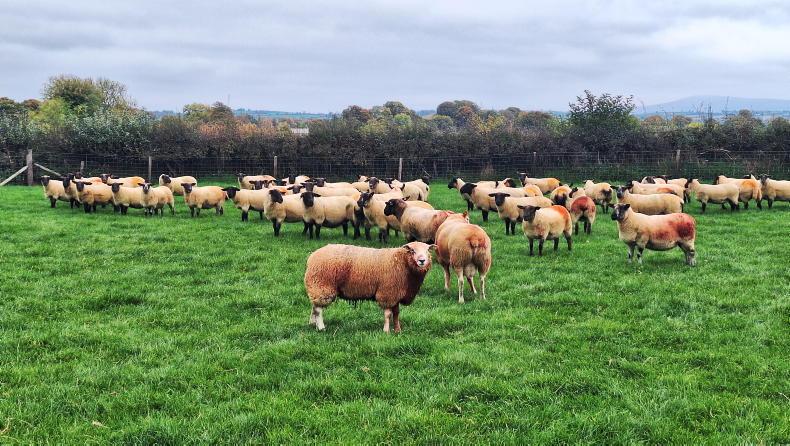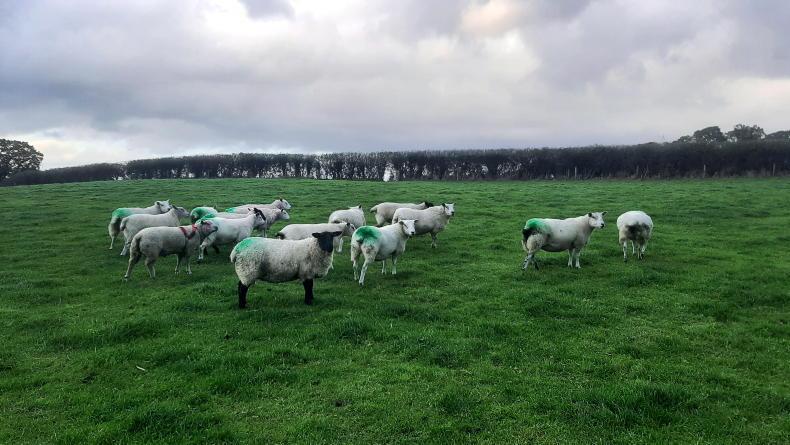Winter Breeding
Speaking to some farmers who are autumn calving this week, breeding seems to be going well indoors. A few farmers are pointing to cows being in good condition being the main driver of success this year. Cows bred this week will calve in mid-September 2025.
Autumn calving cows present a great opportunity to use AI and breed some replacements from some good breeding cows in the herd from proven AI bulls.
Cows will not express heat as well when indoors, especially on slippery surfaces like concrete or slats. Heat activity will increase were cows have access to a straw bedded area or open yard.
Heat detection aids like tail-paint or the use of a vasectomised bull are also very important in picking up cows in heat. Many autumn calving herds say a vasectomised bull is a must when trying to detect cows in heat indoors.
Be safety conscious when moving cows from slatted pens to the crush and yard area. Best conception rates will be achieved by inseminating cows 12-18 hours after standing heat.
If using sexed semen, timing of AI is more important, with a later AI time better for good conception rates. Talk to your AI technician about management required for use of sexed semen on the herd.
Injection Sites
With a lot of dosing taking place over the next few weeks, it’s important that you take care with injection sites in animals. When injecting an animal, consider carefully where you insert needles.
Ideally, injections should be given in the neck, as it is an area of lower carcase value compared with the loin or ribs.
The neck also tends to be less dirty than the hind quarters, where faeces can accumulate due to the animal lying on slats. Operator and housing hygiene is important.
As injections pierce the skin, it is possible for bacteria to enter the opening and cause an abscess. When the abscess subsides, the muscle develops scar tissue and the meat is unfit for consumption, meaning it has to be trimmed off the carcase and makes it less valuable.
Always massage the skin after injecting an animal. Products that require more than one shot should have each shot administered on opposite sides of the neck.
First Calver Nutrition and Health
Pay attention to first calving heifers and their body condition score in the shed. This is especially important for autumn calving heifers sucking calves. Heifers can lose condition very quickly, and this will result in delayed resumption of cycling and poor conception rates.
If silage quality is poor, first calved heifers should be getting 2-3kg/day of a good quality ration, high in energy. If you can separate these heifers out into a pen on their own, it will make meal feeding easier and prevent any bullying issues.
Make sure you are on top of worm and fluke control with this group as well, as any stress or burden will result in body condition loss. It’s especially critical where you are calving at two years old.









SHARING OPTIONS